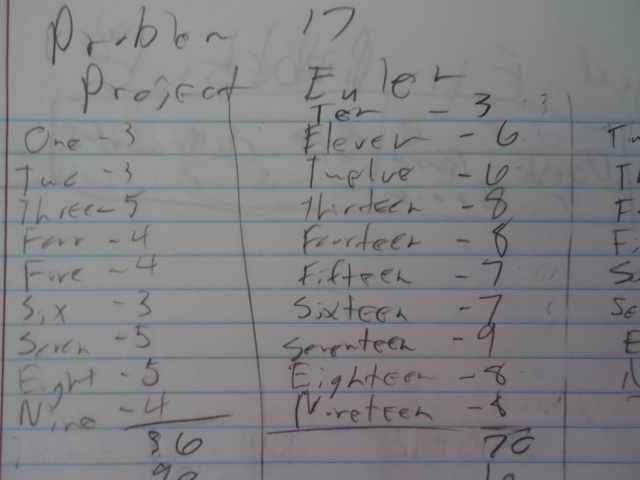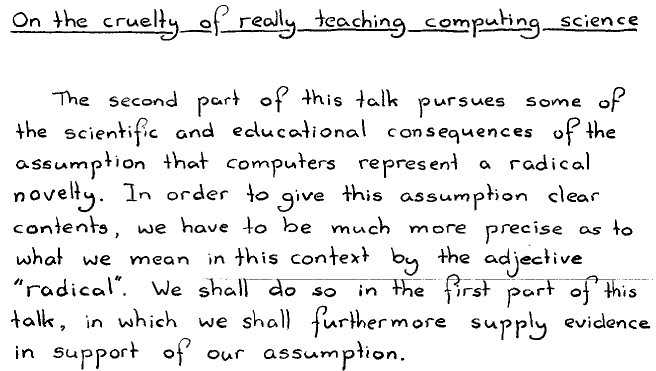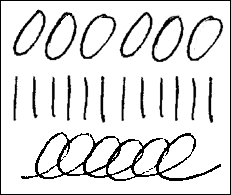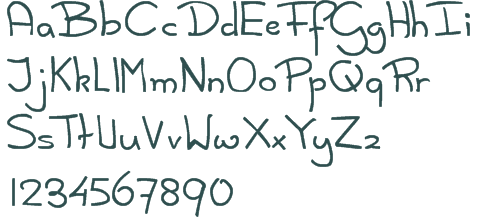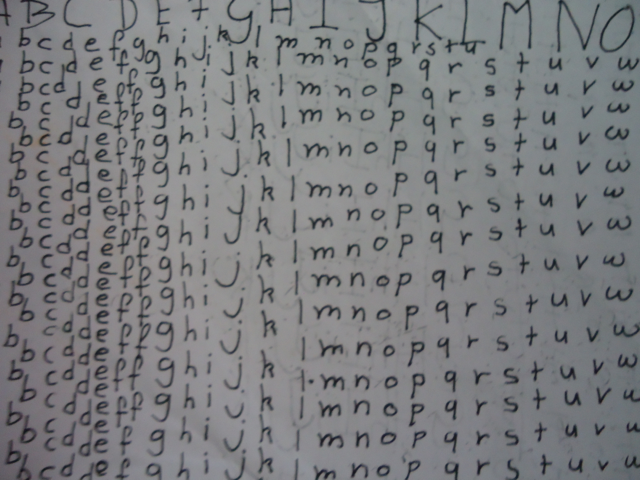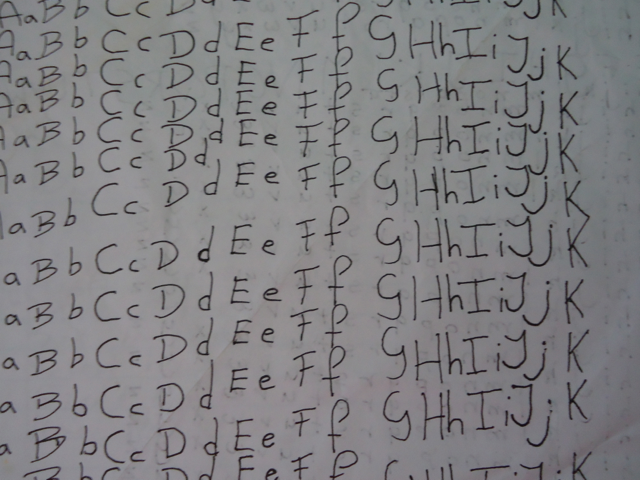20 May 2013
The Path to Dijkstra’s Handwriting
Follow Up
Read my follow up blog post from Oct 2017 about how I received an email from Edsger Dijkstra’s son.
My handwriting used to be terrible. I think I got to a point in fourth grade where it just stopped getting better unlike most people. It didn’t bother me either. It was still semi-legible to others and perfectly readable to myself.
My letters lacked consistency. Things weren’t spaced very well and it just looked messy. I have no idea how my professors put up with it.
Inspiration
I’ve mentioned why I’ve admired Dijkstra before, but I’ve read some of his EWDs and really liked his handwriting. Here’s a sample of what his handwriting looked like. This was taken from his EWD called On the Cruelty of Really Teaching Computing Science (pdf):
The first thing that I noticed when I saw it was just how simple and neat it is. I’m not calligrapher by any means, but the letters just fit together well and flow nicely.
I came across a comment on Reddit by someone that had Dijkstra as a professor. Here’s what it said:
I’ve always had horrible handwriting. When I was a computer science student I was in a class taught by Edsger Dijkstra. During the class he asked us to occasionally turn in our notes, because he wanted to see what we thought was important.
The final was an oral final and after going through a few questions to his satisfaction he said “You seem competent, but your handwriting is horrible…” The remaining 30 mins of my final exam by Dijkstra was me writing phrases repeatedly on a pad of paper while he said, ‘no, you need to round the o’s a bit more, the A is misformed, etc…’.
It was surreal. I’m sad he died.
Dijkstra seemed like a really caring professor. When I read this comment, I put it in the back of my head in case I ever wanted to improve my handwriting. It wasn’t until the summer of 2011 that I decided to spend some time to refine my handwriting so that it looked similar to Dijkstra’s.
The Process
The first thing that I wanted to do was just develop the muscles around my hand that helped with consistency and spacing. I did some Googling and came across a site that had a few exercises.
The basic idea is to repeat the exercises over and over until the marks start to look really, really good. I went through pages and pages in a notebook repeating the exercises until my hand was numb. Whenever I had some free time, I’d just take out the notebook and continue practicing. Eventually my lines and loops got very consistent.
Next I found an image of the complete alphabet in Dijkstra’s handwriting by someone who turned his handwriting into a font. I printed it off and then used that to base my handwriting off of.
The next step was to write out the alphabet over and over again for a similar reason as the above exercises. If you do it long enough, eventually your letters will become more consistent over time and look a lot nicer.
Once again, I used up a ton of paper for this and did it whenever I wasn’t busy. Here are a couple pictures of a scrap of paper I was able to find.
Obviously it isn’t perfect and I never want it to be. I only wanted to use it as a base and customize it from there. I tried to incorporate a few of my own differences over time.
The Result
After three months and a few notebooks later, I had a pretty nice and new handwriting. Curiously enough, it looked like a hybrid between my mom’s handwriting and Dijkstra’s.
Like I said, it isn’t perfect and I can still tidy it up a bit but it certainly is better than where I started.
I rewrote the sample that I provided above in my own handwriting to compare it with Dijkstra’s. My script doesn’t flow as well as his and mine is a bit sharper in the lines. Still though, it is a lot better than what it was before.
Conclusion
The thing that I learned is that often someone’s handwriting isn’t exactly “bad”, usually the person just doesn’t take the time to slow down and write things nicely. There are still sometimes when my handwriting becomes a bit sloppy during times when I’m trying to write quickly like taking notes or taking a test. It is pretty inevitable. As long as I’m not in a rush I’m always able to write the way I learned to.

